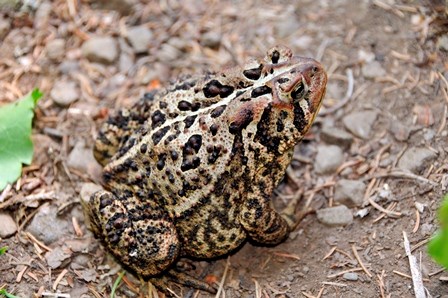
NPS Photo/Paul Brown Isle Royale's landscape supports many types of wetlands, from abundant wooded swamps and seasonally wet woodland ponds, to flooded meadows, peat bogs, and marshes. These wetlands, along with the numerous lakes scattered across the island, are where the few frog, toad, and salamander species breed during spring and summer months. Marshes and ponds (usually beaver ponds or associated terraces along streams) are by far the most productive breeding habitats for frogs and toads, although species appear to use almost all habitats available. Spring peepers are the most abundant frog on the island, and they sing in nearly deafening choruses beginning in the early summer. Wood frogs are the first species to begin singing in the spring, while green frogs and mink frogs are typically the last species singing in mid-summer. Salamanders and newts are present and probably common throughout the park, but they are rarely observed because they are typically hidden beneath objects on the forest floor or in water. |
Last updated: August 21, 2021
